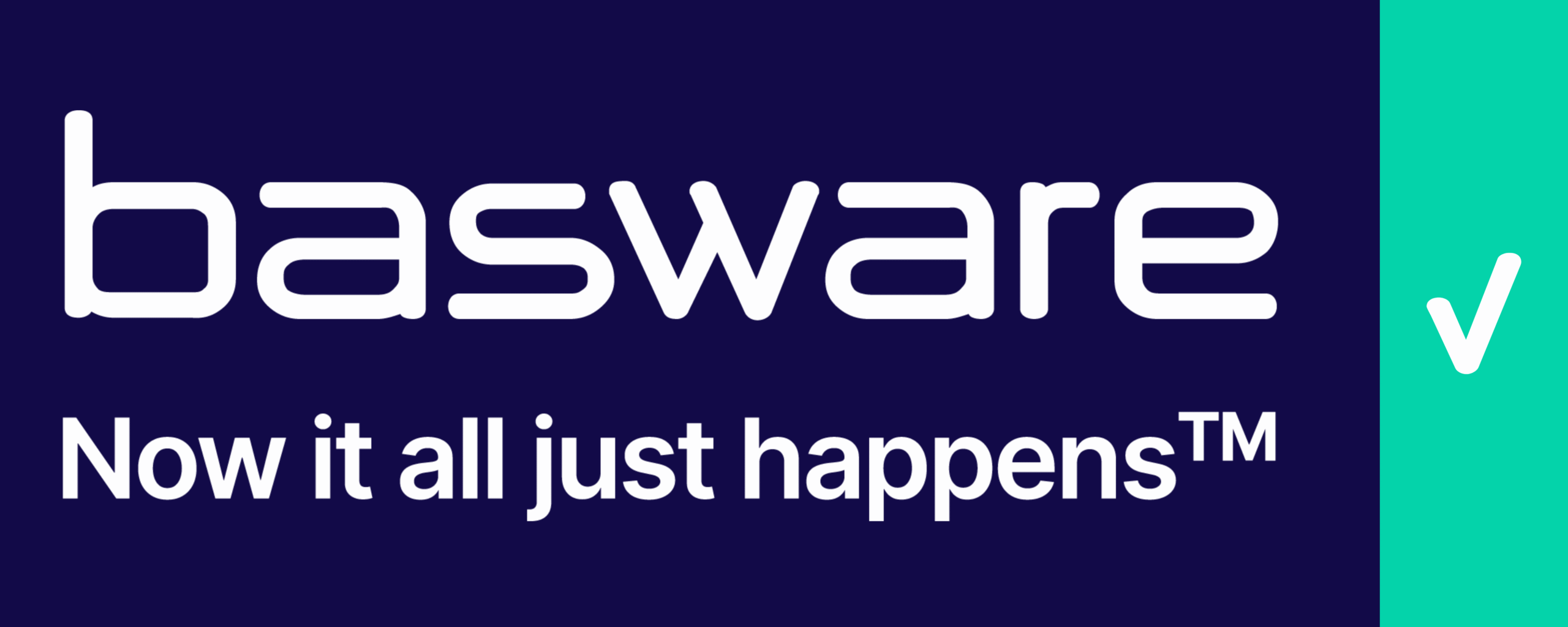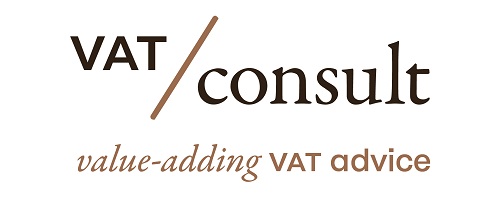- VAT is a tax on transactions and is usually easy to apply when a single price is paid for a single supply.
- However, when a transaction involves a single price being paid for a package of items, a taxpayer must consider whether there is a single or multiple supply for VAT accounting purposes.
- The principle of a single complex supply was established by the European Court of Justice, whereby the elements of a package were so closely linked that they formed objectively, from an economic point of view, a whole transaction and no element was ancillary to another.
- The question then is how should the single complex supply be characterised for VAT purposes?
- Recent case law has considered alternative tests to the “predominant element” test and whether there should be any hierarchy for these tests based on jurisprudence to date.
- The UK Court of Appeal recently held that the primary test to apply is one based on the predominant element of the supply.
- Where there is a “single, indivisible economic supply, which would be artificial to split” per precedent case law, there are two possible tests for ascertaining the correct VAT treatment: the “predominant element” test and the “overarching” test.
Source Baker & McKenzie
See also
- Roadtrip through ECJ Cases: Taxable transaction, Place of Supply, VAT rate, Exemption, Invoicing – ”Composite supplies”
- Gray & Farrar International Ltd – CoA judgment – Place of supply of matchmaking services – taxpayer loss
Latest Posts in "European Union"
- ECJ Clarifies Pre-2015 VAT Rules for Online App Sales Through EU Marketplaces
- VAT Calculation in Four-Party Supply Chains: Application of Triangular Transaction Rules in the EU
- Dispute Over Royalties and VAT for Unauthorized Public Communication of Protected Music Works in Romania
- EU Proposal: Granting EPPO and OLAF Access to VAT Information to Combat Fraud and Corruption
- Malaga Bids to Host European Union Customs Authority Headquarters Amidst Strong European Competition














